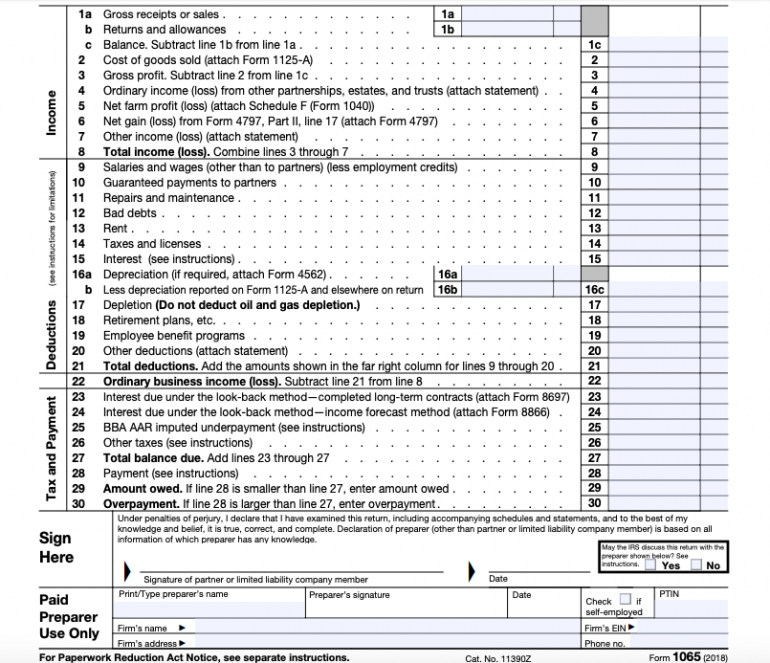


Otherwise, it must use one of the following alternative methods to determine a partner’s beginning tax capital account balance:ġ. The partnership determines a partner’s tax-basis capital account for 2020 using the “transactional approach” if it reported the balance on a tax basis in the prior tax year. A partnership need not file Schedule M-3. It files the Schedules K-1 and furnishes them to the partners on or before the due date (including extensions) for the partnership return.Ĥ. The partnership’s total assets at the end of the year were less than $1 million.ģ. The partnership’s total receipts for the tax year were less than $250,000.Ģ. The instructions do not require the partnership to provide this information if it meets all of the following criteria:ġ. To this end, a partnership must first determine if it even needs to report these balances. Partner’s Capital Account Analysis” of the Schedules K-1. The partnership reports the calculation of beginning and ending capital account balances in “Item L. Originally, the IRS intended to require the reporting of the tax capital accounts of all partners beginning with the 2019 tax year but later postponed that mandate to the 2020 tax year which now falls upon us. For 20 tax years, the Form 1065 Instructions required partnerships to only report tax basis capital account information for partners with negative tax basis capital accounts at the beginning or the end of the tax year.


Specifically, the instructions require partnerships to henceforth use the “transactional approach for the tax basis method” to report partners’ tax-basis capital account balances on their Schedules K-1. Return of Partnership Income, for the 2020 tax year addressing the reporting of partner capital accounts on Schedule K-1, Partner’s Share of Income, Deductions, Credits, etc. The Internal Revenue Service (IRS) recently released the Instructions to Form 1065, U.S. 2020 Form 1065 to Require Reporting of Partner Capital Accounts on Tax Basis using a Single Prescribed Method


 0 kommentar(er)
0 kommentar(er)
